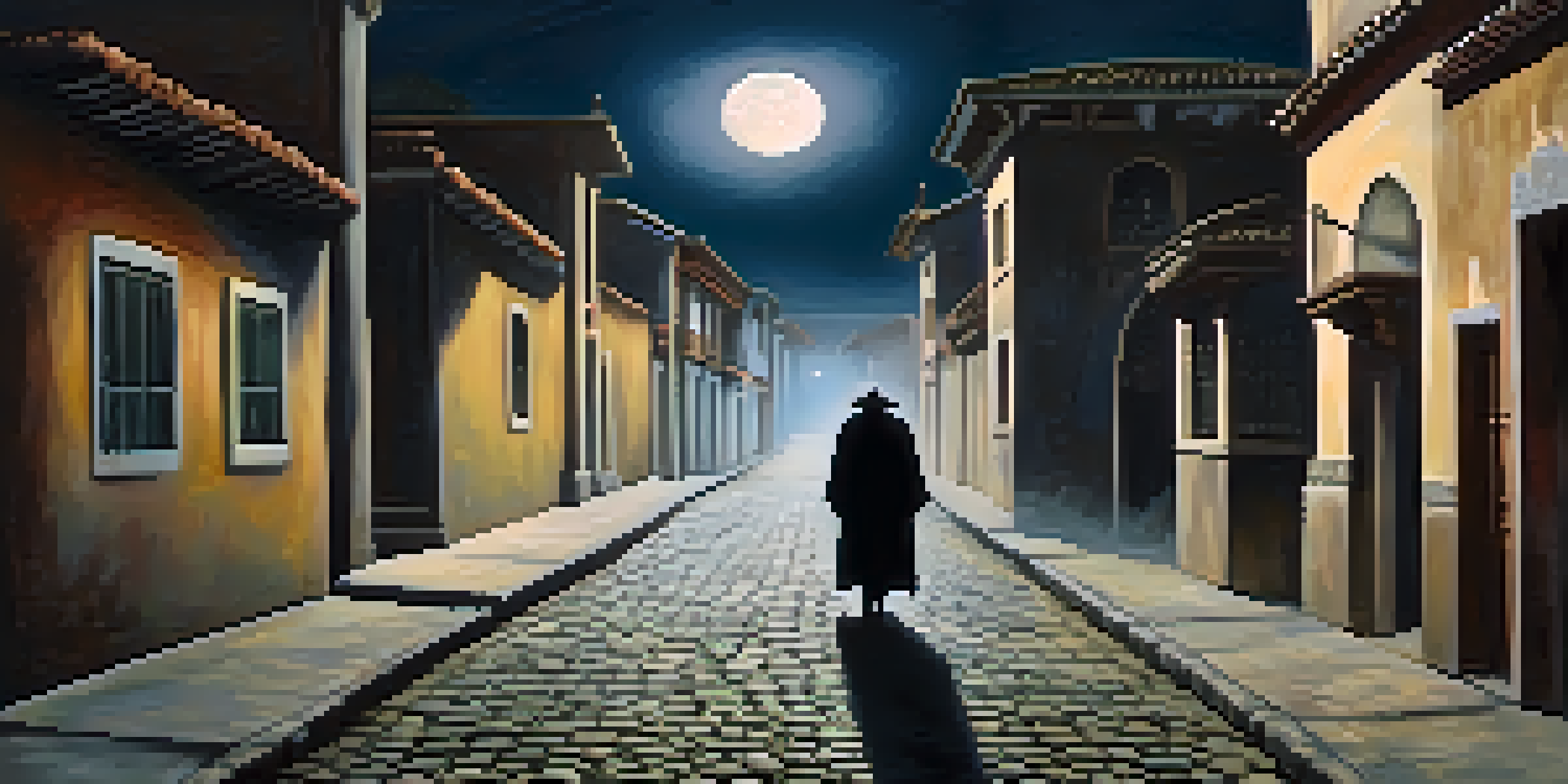Cañete’s Vampire: The Legend of the Blood-Drinking Ghost

Introduction to Cañete’s Vampire Legend
Cañete, a small town in Peru, is steeped in folklore, with tales that send shivers down the spine. Among these, the legend of the vampire ghost stands out, drawing curious souls eager to learn its story. This eerie entity is said to roam the night, leaving a trail of mystery and fear in its wake. Understanding this legend requires delving into the cultural and historical context of the region.
Origins of the Cañete Vampire Tale
The legend of Cañete’s Vampire can be traced back to the colonial era, where stories of supernatural beings were common. Much like other vampire myths worldwide, this tale reflects the community's fears and beliefs during tumultuous times. The vampire is often depicted as a tragic figure, cursed to wander the earth in search of blood. This aspect resonates with many, highlighting how folklore can evolve from real-life struggles.
Cañete’s Vampire: A Cultural Icon
The legend of Cañete’s Vampire reflects the community's fears, beliefs, and cultural identity throughout history.
Characteristics of Cañete’s Vampire
Described as a ghostly figure, Cañete’s Vampire is often portrayed with pale skin and glowing eyes, instilling fear in those who encounter it. Locals say it can blend into the shadows, appearing only when least expected. Its thirst for blood is not just a physical need; it symbolizes deeper emotional and spiritual unrest. This adds layers to the legend, turning a simple ghost story into a profound exploration of human fears.
Cultural Significance of the Legend
Legends like Cañete’s Vampire serve as more than just spooky stories; they reflect the cultural identity of the community. They provide a means to pass down values, lessons, and warnings to future generations. This particular legend often emphasizes themes of mortality and the consequences of one’s actions. As such, it becomes a vital part of local lore, shaping the community’s understanding of life and death.
Folklore's Evolution in Modern Media
The tale has been adapted in literature and film, showcasing its relevance and the changing societal fears over time.
Modern Interpretations and Adaptations
In recent years, the tale of Cañete’s Vampire has found its way into literature and film, captivating audiences beyond Peru. These adaptations often take creative liberties, but they also highlight the enduring nature of folklore in contemporary culture. By reimagining the vampire story, artists keep the legend alive, ensuring it resonates with new generations. This evolution reflects society's changing fears and fascinations, making the legend relevant today.
The Role of Local Festivals
Local festivals play a significant role in keeping the legend of Cañete’s Vampire alive, often featuring rituals and storytelling events. These gatherings allow communities to celebrate their heritage while sharing tales that terrify and entertain. They serve as a reminder of the power of storytelling in preserving history and culture. Through these events, the vampire legend transcends mere folklore and becomes a living part of the community's identity.
Festivals Keep the Legend Alive
Local festivals celebrate the vampire legend, reinforcing its significance in preserving cultural heritage through storytelling.
Encountering the Legend in Cañete
For those brave enough to explore Cañete, seeking out the vampire legend can be an unforgettable experience. Locals can share firsthand accounts and stories, adding authenticity to the legend. Visiting haunted sites or participating in local folklore tours offers a unique perspective on this chilling tale. Such encounters can evoke a sense of connection to the past, making the legend feel tangible and real.
Conclusion: The Legacy of Cañete’s Vampire
Cañete’s Vampire continues to haunt the imaginations of locals and visitors alike, embodying the essence of Peruvian folklore. This legend not only entertains but also teaches valuable lessons about life, death, and the human experience. As long as stories are told, the vampire will remain a significant part of Cañete’s cultural tapestry. In essence, the legend serves as a reminder of the power of storytelling in shaping our understanding of the world.